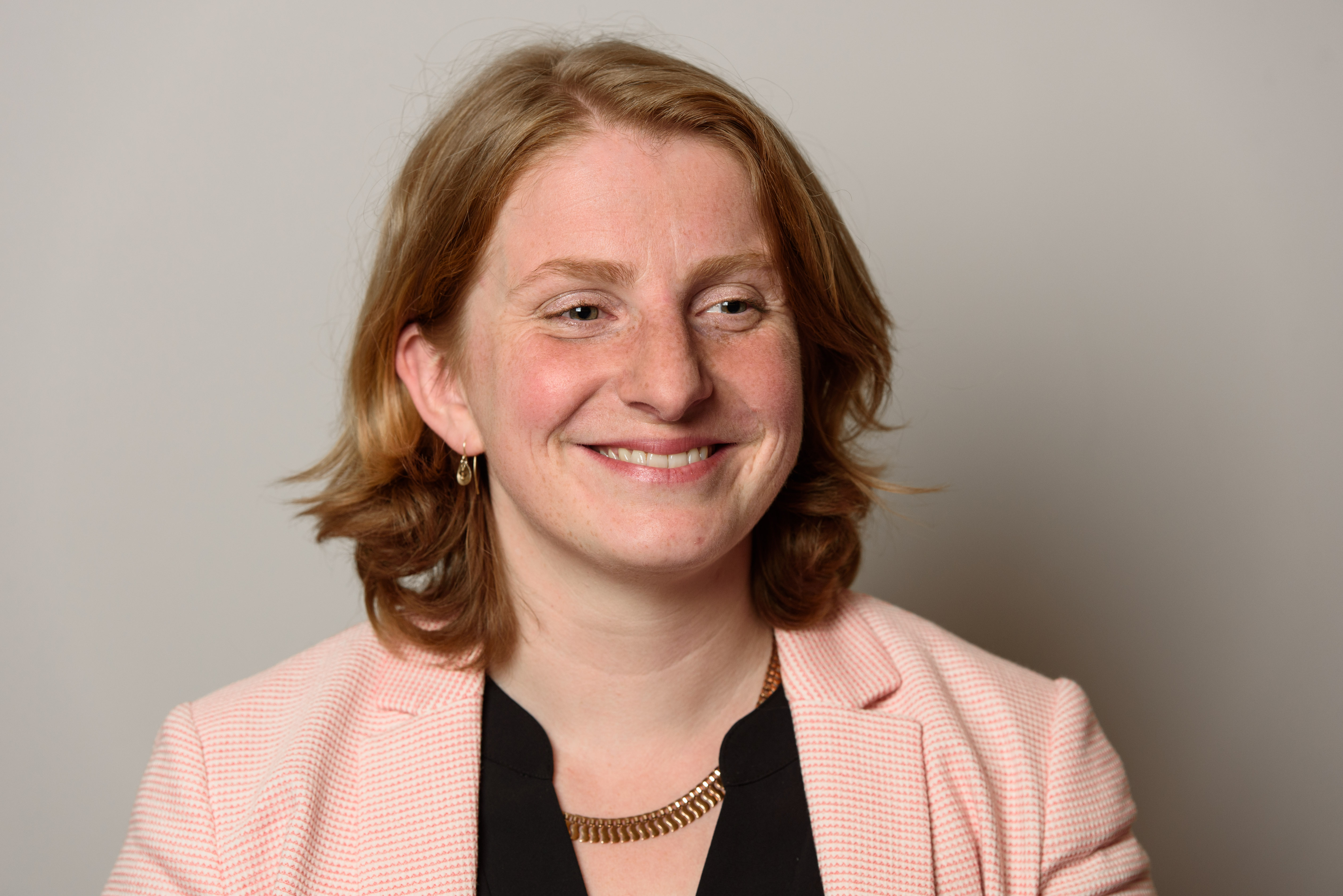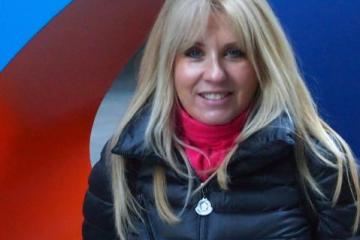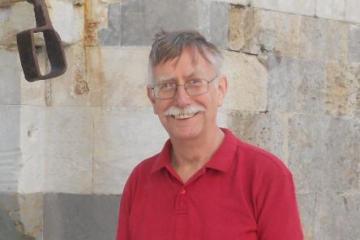Post-impressionism: its cultural context, its use of colour and lines, and its major artists
For those of you who enjoyed our Special Interest Day back in June at the Hydro Hotel, we’ve arranged a return to this lovely venue for our Winter Study Day on Thursday 27th November.
The November talk will be given by Caroline Levisse who, along with the likes of Cezanne, Seurat, Gauguin and van Gogh, will guide us through the world of Post-Impressionist Art. Caroline trained in Paris and completed her PhD in art history at University Paris VIII, making her just the right person to help us tackle such a huge subject.
So what is Post Impressionism - we’ll see that we need to understand its relationship to the Impressionist movement, and we’ll look to Paris in 1886 to consider the cultural context (the fin-de-siècle mood) and see how a new generation of artists, such as Emile Bernard and Toulouse-Lautrec continued with Impressionism, but also rebelled against it.
We’ll see that artists painted real-life subject matter, but there was to become a greater emphasis on geometric or distorted forms and the use of thickly applied vivid colours that were sometimes unnatural and seemingly random.
The day will be split into three one-hour sessions, all taking place in the Hydro's lovely Garden Room, with a break for a finger-buffet lunch which will be served in the Crystal Room. The day will finish by 3:30pm.
The cost of the event (including lunch) is £49.00 per person. Non-members welcome.
How to book this event:
To book this event, please contact Bob Perry at info@spyboy.co.uk or on 01323 731750, or come to the Events Desk at the next monthly lecture. The cost of the event (including lunch) is £49.00 per person. Non-members welcome.
THE ARTS SOCIETY ACCREDITED LECTURER

Dr Caroline Levisse
Dr Caroline Levisse is an art historian based in London. She was born in France where she studied art history before moving to Copenhagen. In Denmark, she focused on research work and completed a PhD on the relations between art and religion in contemporary Scandinavian art. After graduating in 2013, she moved to London and started teaching art history with adult education providers. She has since developed a range of courses focusing on 19th and early 20th century Western art. She has published articles in French and English in academic journals as well as magazines and newspapers, such as Church Times and Arts sacrés.
OTHER EVENTS
Every picture tells a story - and so does every dress!
One of the most enduring aspects of the British Christmas season - oh yes it is!



